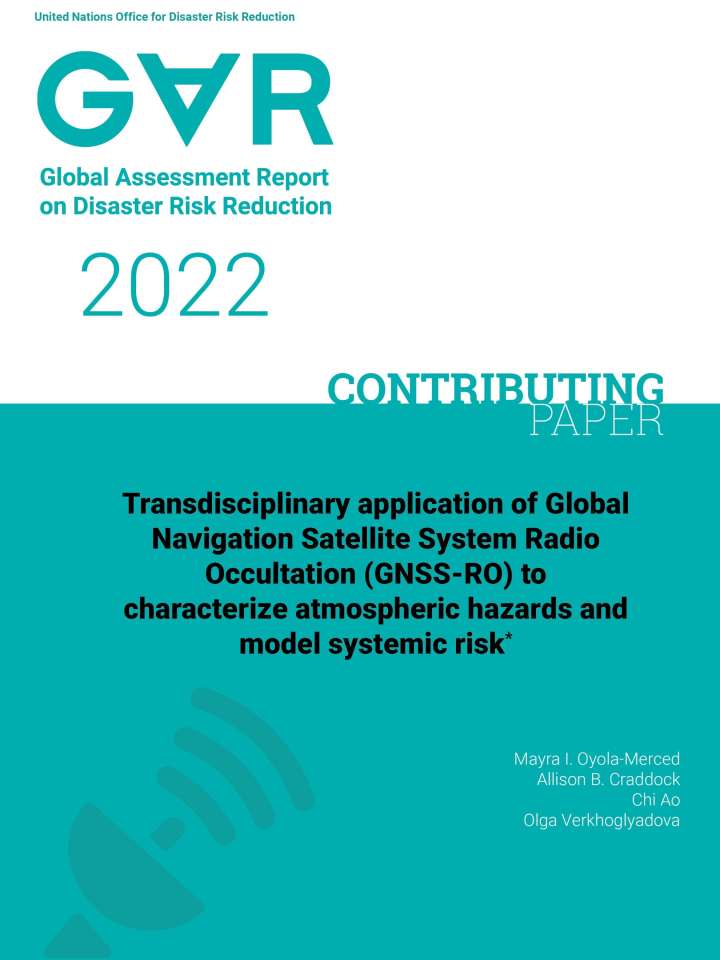Transdisciplinary application of Global Navigation Satellite System Radio Occultation (GNSS-RO) to characterize atmospheric hazards and model systemic risk
This contributing paper takes a look at the use of radio occultation to infer temperature and improve modeling for wildfire risk. Retrieving good-quality measurements of vertical profiles of atmospheric parameters (moisture, wind, temperature, and vertical information of aerosols) in wildfire events remains an extremely challenging endeavor. Global Navigation Satellite System Radio Occultation (GNSS-RO) provides an opportunity to augment radiosondes as anchor observations, and has been proven to result in smaller, more accurate bias corrections in infrared and microwave observations in numerical weather models, resulting in an overall more effective use of satellite radiances and a larger number of radiance observations that pass quality control.
The study illustrates feasibility for applying GNSS-RO satellite data, with particular interest in the lower troposphere, to determine weather conditions that can exacerbate the production of pollutants and their emissions during severe air quality events in western North America. This geodesy-based analysis technique, coupled with existing and emerging aerosol concentration information from Earth observation satellites, weather models, and air quality indices, can potentially bring to the development of tools to study environmental triggers to air quality deterioration at both regional and global scale.
